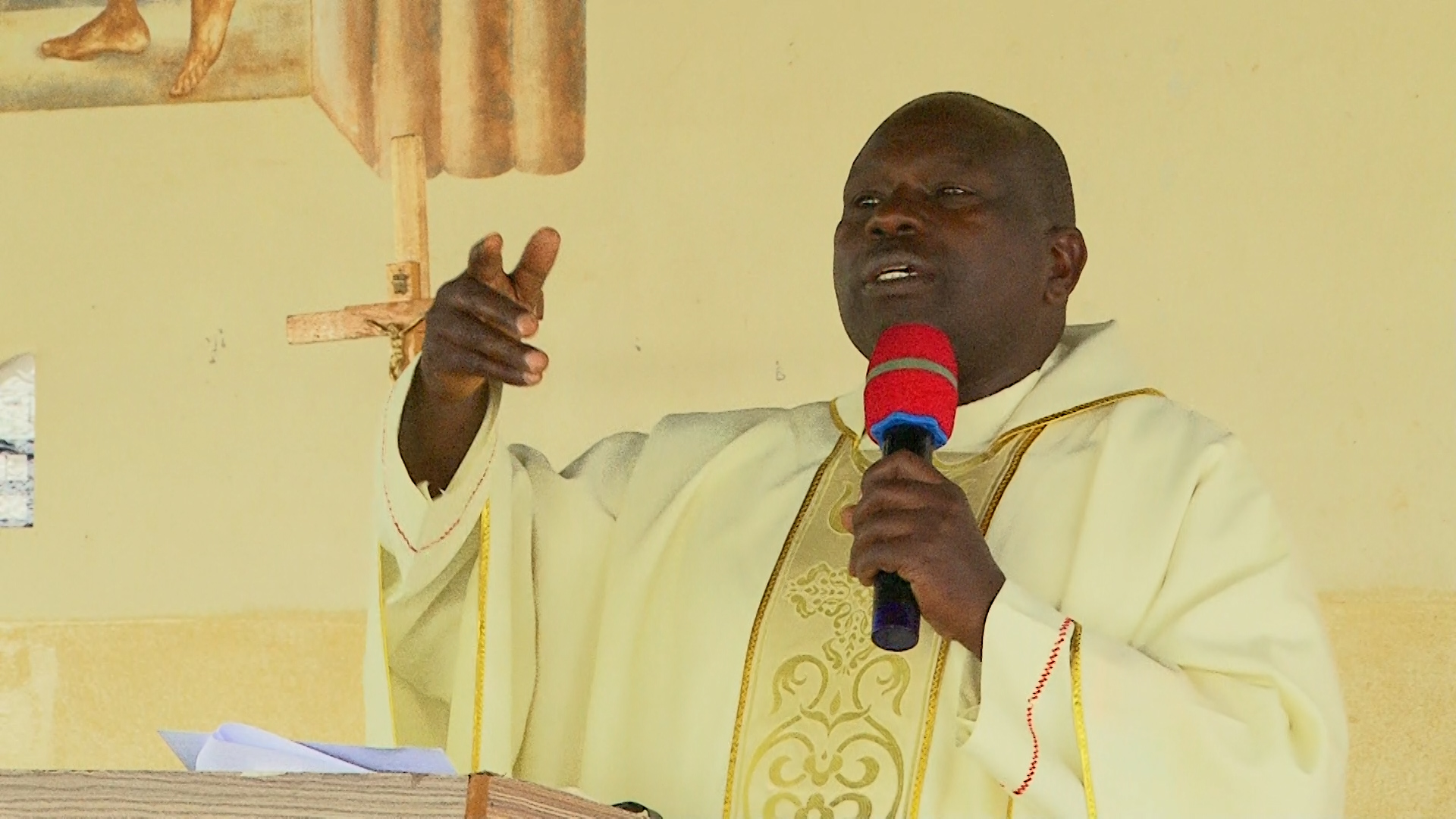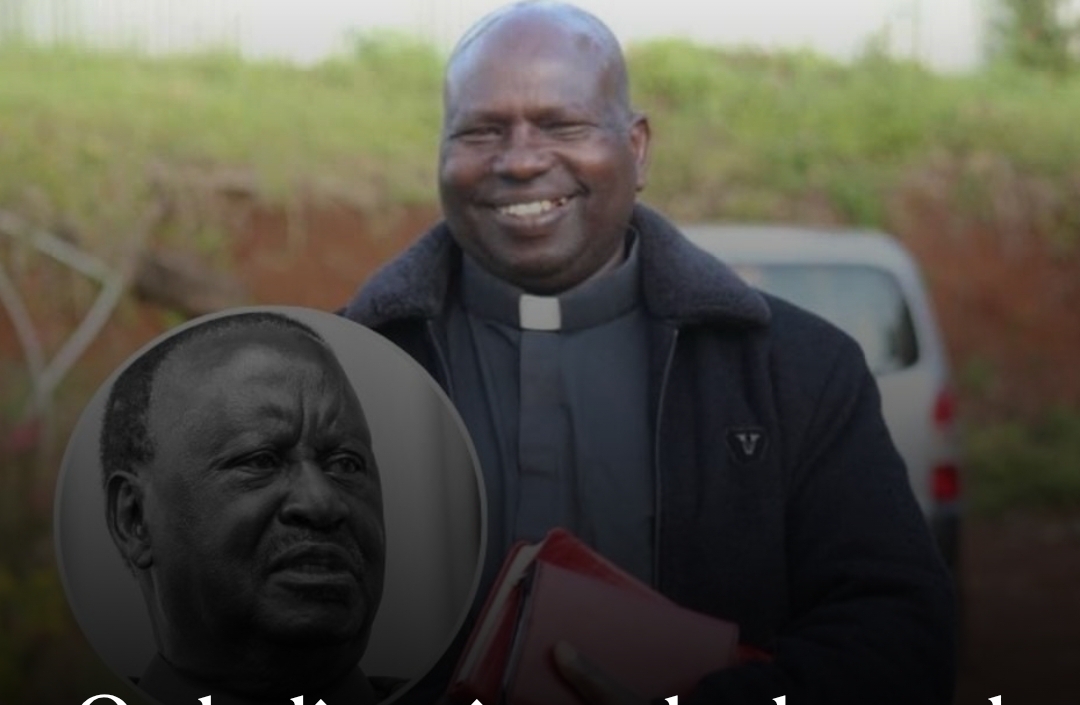Let the Government Rethink Strategy for a Fairer Higher Education System

The decision by the High court of Kenya upholding its December 2024 ruling on the new funding model being unconstitutional; has shed light to millions of students who have severed for barely two years raising huge amounts of money to facilitate their tuition fees.
The High Court of Kenya stated, “Public interest is better served when everyone operates within the law.” This ruling has shed light on the plight of millions of students who have struggled for nearly two years to raise significant amounts of money for their tuition fees.
It is a timely reminder that policy changes must be based on the rule of law and the will of the people and not only on political expediency, which the Kenya Kwanza administration seemed to be pushing for in order to allow the model to be put into practice.
It is true that in the past two years since the implementation of this new education funding model, many parents have faced many challenges in raising the required fees for their children’s education. The scrapping of this model has removed a huge burden from many Kenyan families.
The new funding model that was introduced in May 2023, blends government scholarships, loans, and household contributions. Students are divided into five income brackets. The poorest students in Band 1 were to receive the most help, while students in higher bands received less support.
This model had initially brought hope to most students, particularly those from disadv
antaged backgrounds who needed this financial aid the most. But its efficacy has been severely undermined by improper application and defective procedures. Thousands of students are therefore left in limbo, unable to access the assistance they were promised.
Students and families have long been confused about how funds are allocated according to their share of the responsibility. The model did not accurately reflect the socio-economic realities of Kenyan families, as some families were burdened with additional burdens which were not proportionate to their daily income.
The funding was not transparent, and vital information such as loan terms, interest rates, repayment terms, and the process for appealing unsuccessful scholarship applications was not publicly available unlike the Higher Education Loans Board (HELB) clear terms on its repayments.
The government has a crucial test ahead of it now: Will it follow the court decision and initiate a wide, inclusive examination of the funding model, or will it try another legal shortcut to solve this mess?
The education sector cannot afford to have special schemes that benefit only a few; it is essential to consider the interests of every Kenyan.
It is high time for the Kenya Kwanza government to discuss on the future of education, engage experts, involve the public, and design a higher education funding model that is legally sound and financially sustainable. The future of thousands of students and the development of the nation as a whole depends on action being taken now.
Public participation cannot be an afterthought in policy formulation, particularly in a sector as vital as education.
If Kenya's leadership is serious about guaranteeing the future of higher education, it has to return to the drawing board and devise a funding model that is both legally sound and financially viable







Comments (0)
No comments yet. Be the first to comment!